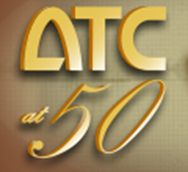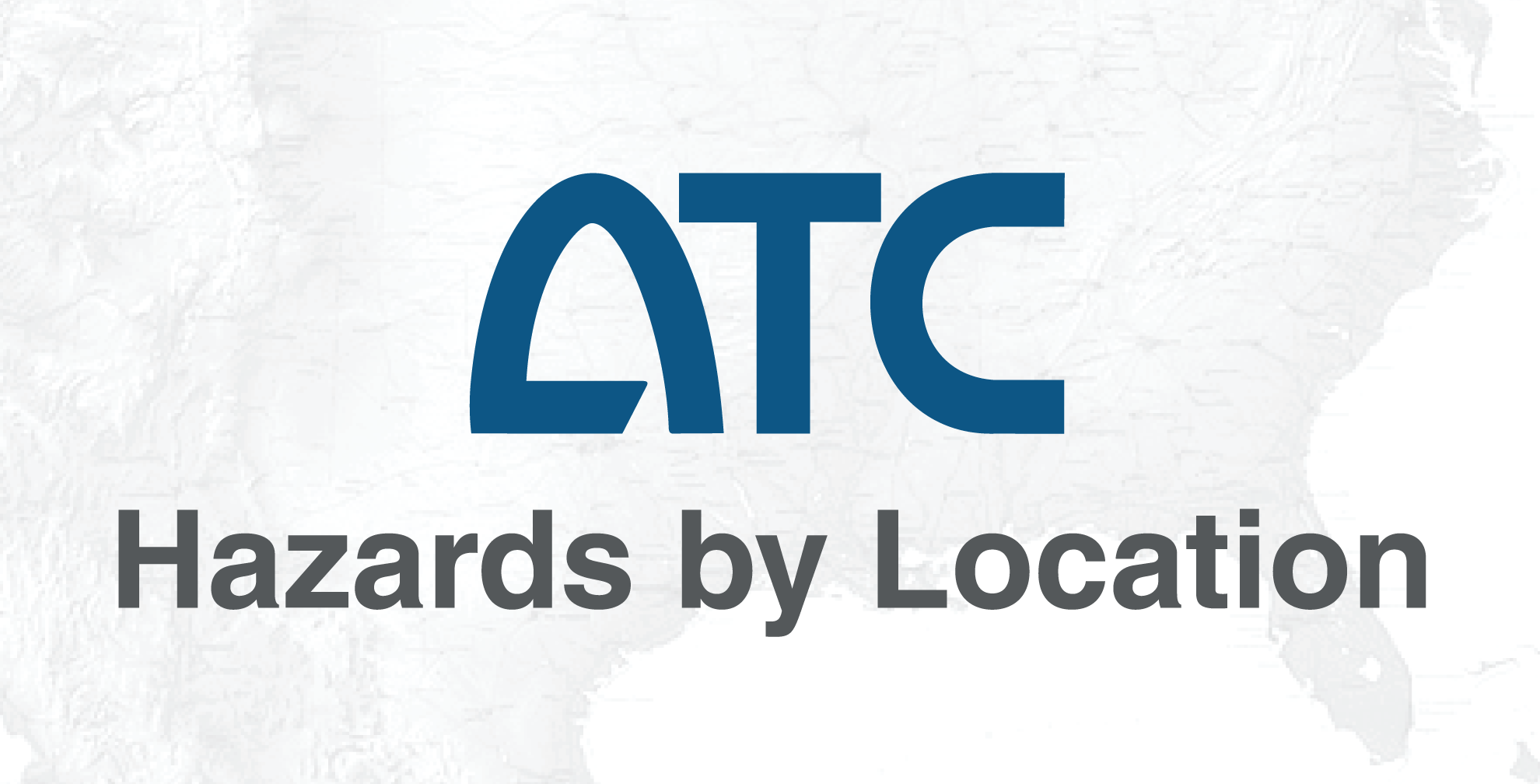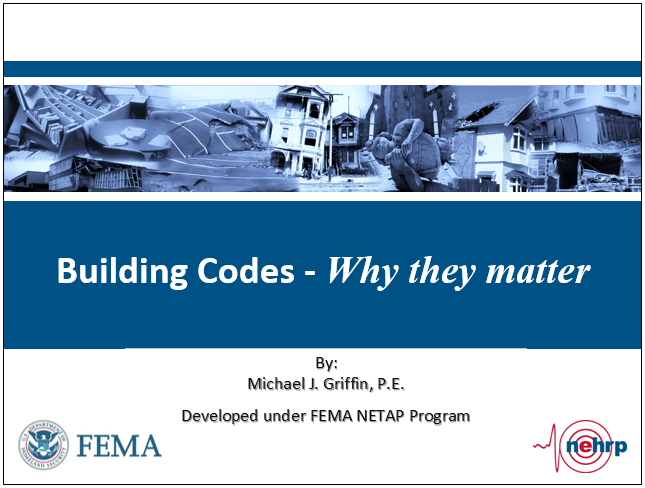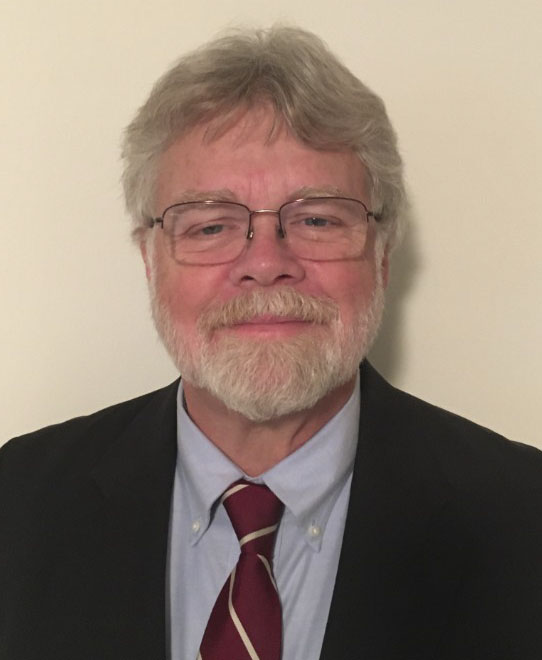Webinar on Building Codes – Why They Matter
Wednesday, October 5, 2016
12:00 – 1:30 pm Pacific
Registration Cost: Free
2,000 registrations (sites) maximum
To register, click here.
Purpose. Building codes are regulations governing design, construction, alteration, and maintenance of structures, and are the foundation for community resilience. This webinar will provide an overview of the building code pertaining to earthquake effects on buildings and underline the importance of code adoption and enforcement.
Intended Audience. This webinar is intended for a non-technical audience, and in particular, decision makers, such as city officials. Engineers and building professionals who are interested in communicating the importance of building codes to decision-makers may also find this webinar useful.
Webinar Presenter: Michael J. Griffin, P.E. is a Principal and Partner at CCS Group, Inc. in Chesterfield, Missouri. Griffin has over thirty years of extensive experience in the assessment of natural hazards—earthquake and high wind, for structures and nonstructural components, equipment, and systems. Griffin routinely provides training and education sessions to engineers, management personnel, and students in natural hazards and risk assessments. He holds both a Master and Bachelor of Science degree from the University of California, Irvine and is registered as a licensed Professional Engineer in seven states.
Professional Development Hours (PDHs). Each participant of this webinar will receive a certificate in PDF format documenting 1.5 PDHs. Each additional participant sharing the registrant’s computer may request PDH documentation following the webinar.
Registration Information. The webinar is funded by the National Earthquake Technical Assistance Program (NETAP*) and is limited to 2,000 registrations. To register, click here.
About *NETAP. The Federal Emergency Management Agency (FEMA) developed NETAP as a mechanism for delivering direct assistance to the public through State, local, or tribal government entities, to increase their knowledge and ability to analyze their risk, make a plan, and take actions aimed at reducing their earthquake risk and supporting overall community resilience.
Webinar Handout. The following webinar handout is available for immediate download:
• Building Code Webinar PowerPoint Presentation
Technical Requirements. A computer with access to the internet, and speakers or a phone line are required.






